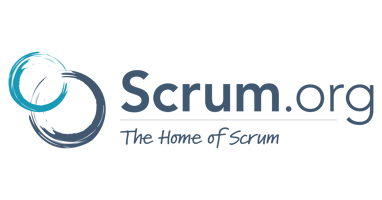Scrum
4w
235

Image Credit: Scrum
Product Backlog Management with Upstream Kanban – from chaos to clarity
- Product Backlog Management can be challenging for Product Owners, leading to cluttered backlogs and inefficiencies in refinement sessions.
- Traditional single-column backlog lists may not be the most effective approach for managing backlogs efficiently.
- Product backlog refinement involves breaking down items, prioritizing, detailing, estimating effort, and keeping the backlog relevant.
- Kanban, as a flow-based strategy, can complement Scrum by optimizing value flow in the process.
- Upstream Kanban focuses on managing incoming requests before committing to downstream work, promoting a structured approach to backlog management.
- Key stages in Upstream Kanban include triage, exploration, and readiness for effective backlog item delivery.
- Challenges of a single-list product backlog include prioritization overload, lack of visibility, limited stakeholder insight, and overwhelming backlog size.
- Implementing Upstream Kanban can provide clarity, improve workflow, and empower teams to manage backlog items more effectively.
- Adopting practices like STATIK, CONWIP, swimlanes, work item types, and Kanban metrics can enhance product backlog management.
- Scaling Upstream Kanban for multi-team setups can help manage complexity and improve end-to-end value flow.
Read Full Article
14 Likes
For uninterrupted reading, download the app